The White House confirmed on July 11th that President Donald Trump will draw up to $300 million in weapons and ammunition from Pentagon stocks for immediate transfer to Ukraine under Presidential Drawdown Authority, the same tool used repeatedly by his predecessor for rapid aid. Officials said the shipment list, still being finalized, is expected to include Patriot interceptor missiles, Guided Multiple Launch Rocket System rockets, 155 mm artillery shells, and spare parts for air-defense radars. A senior defense aide added that NATO will reimburse the full replacement cost—part of a deal Trump says was struck at the alliance’s June summit in The Hague.
Stockpile Pressure and Delivery Route
Using drawdown authority lets equipment leave U.S. depots within days, but it deepens concerns about domestic inventories. The Pentagon has only about one-quarter of the Patriot missiles required by its war-planning models after firing large numbers to defend Israel and Gulf bases in the spring. Annual U.S. production is roughly 500 interceptors, and plant capacity is already booked to refill Middle-East orders. Defense Secretary Pete Hegseth briefly paused some Ukraine shipments last week to review stock levels, a decision that blindsided the White House and drew criticism from European allies. The pause ended after Trump overruled Hegseth, but officials acknowledge that Patriot allocations will now be spread across Israel, Qatar, and Kyiv.
The administration says the new NATO channel solves part of the resupply problem. Under the arrangement, U.S. equipment moves first to alliance depots in Poland and Germany; member states then decide what portion goes forward to Ukraine. Trump describes the model as “NATO pays 100 percent,” contending it shields U.S. taxpayers from replacement costs. European leaders have not released a public ledger, but Germany has already offered to buy two additional Patriot batteries from U.S. stocks for re-export, and Spain is reviewing a similar purchase order.
“Major Statement” Teased for Monday
In the same NBC interview where he confirmed the drawdown, Trump said he will deliver a “major statement on Russia” on Monday, July 14th. He declined specifics but signaled mounting frustration with President Vladimir Putin over intensified drone and missile strikes that killed at least nine Ukrainians and damaged a Kharkiv maternity hospital earlier in the week. “You’ll be seeing things happening,” he told reporters before boarding Marine One. The comment coincides with Senate consideration of a bipartisan bill that would impose 500 percent tariffs on any country buying Russian oil; the measure includes waiver authority that Trump could use or block.
Secretary of State Marco Rubio, fresh from two meetings with Russian Foreign Minister Sergei Lavrov in Kuala Lumpur, says he has presented “a new approach” for ending the conflict and tightening sanctions if Moscow refuses concessions. Congressional aides expect Monday’s announcement to outline either that sanctions roadmap or a separate executive order targeting Russian energy exports and sovereign-debt trading.
Domestic and NATO Reactions
Republican defense hawks applauded the $300 million package, calling it evidence that Trump’s “peace through strength” doctrine is solidifying. Senator Lindsey Graham said the president is now “all-in on defeating Putin,” while Senator Mike Rounds praised the NATO-repayment structure as creative burden sharing. Skeptics on the party’s populist wing were less enthusiastic. Senator Josh Hawley warned that drawdowns accelerate the depletion of high-end munitions and could make U.S. forces “choose between Kyiv and Indo-Pacific contingencies.”
Democrats generally welcomed resumed aid but argued the pause highlighted volatility in White House policy. Senate Foreign Relations Chair Ben Cardin said the upcoming Russia statement “must clarify long-term objectives” and commit to steady assistance rather than “headline-driven bursts.”
In Kyiv, President Volodymyr Zelenskyy thanked Washington and urged faster deliveries, noting that Russia launched a record 728 drones in a single night this month. NATO Secretary-General Mark Rutte said the alliance would finalize reimbursement contracts “within weeks” and is working on joint Patriot production to relieve supply bottlenecks.
Looking Ahead
Pentagon logisticians expect the first shipments under the $300 million drawdown to reach Poland by late July; Ukrainian crews already trained on Patriot and GMLRS systems can field the munitions within hours of arrival. Officials caution that sustaining Patriot intercept rates will still require European allies to divert upcoming deliveries of their own.
Monday’s Russia announcement looms large. If Trump backs the Senate tariff bill or issues parallel sanctions, energy analysts foresee immediate pressure on global oil prices and possible counter-measures from Moscow, including further strikes on Ukrainian infrastructure or cyber-operations against Western firms. If he instead outlines a cease-fire framework tied to sanctions relief, critics will ask whether battlefield momentum favors Putin too much for Kyiv to accept.
Either outcome will shape the next phase of U.S. policy: more drawdowns if fighting escalates, or a pivot to post-war reconstruction funding if talks gain traction. For now, the $300 million shipment signals that—despite a brief freeze—arms will keep flowing to Kyiv, and that Trump is preparing a high-stakes move on Russia that could redefine his evolving “peace through strength” strategy.



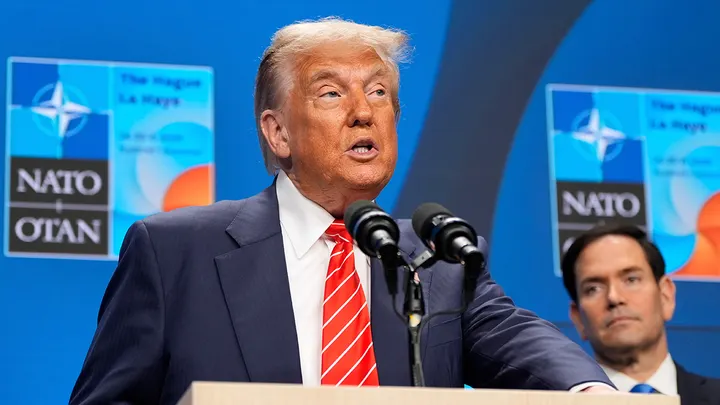
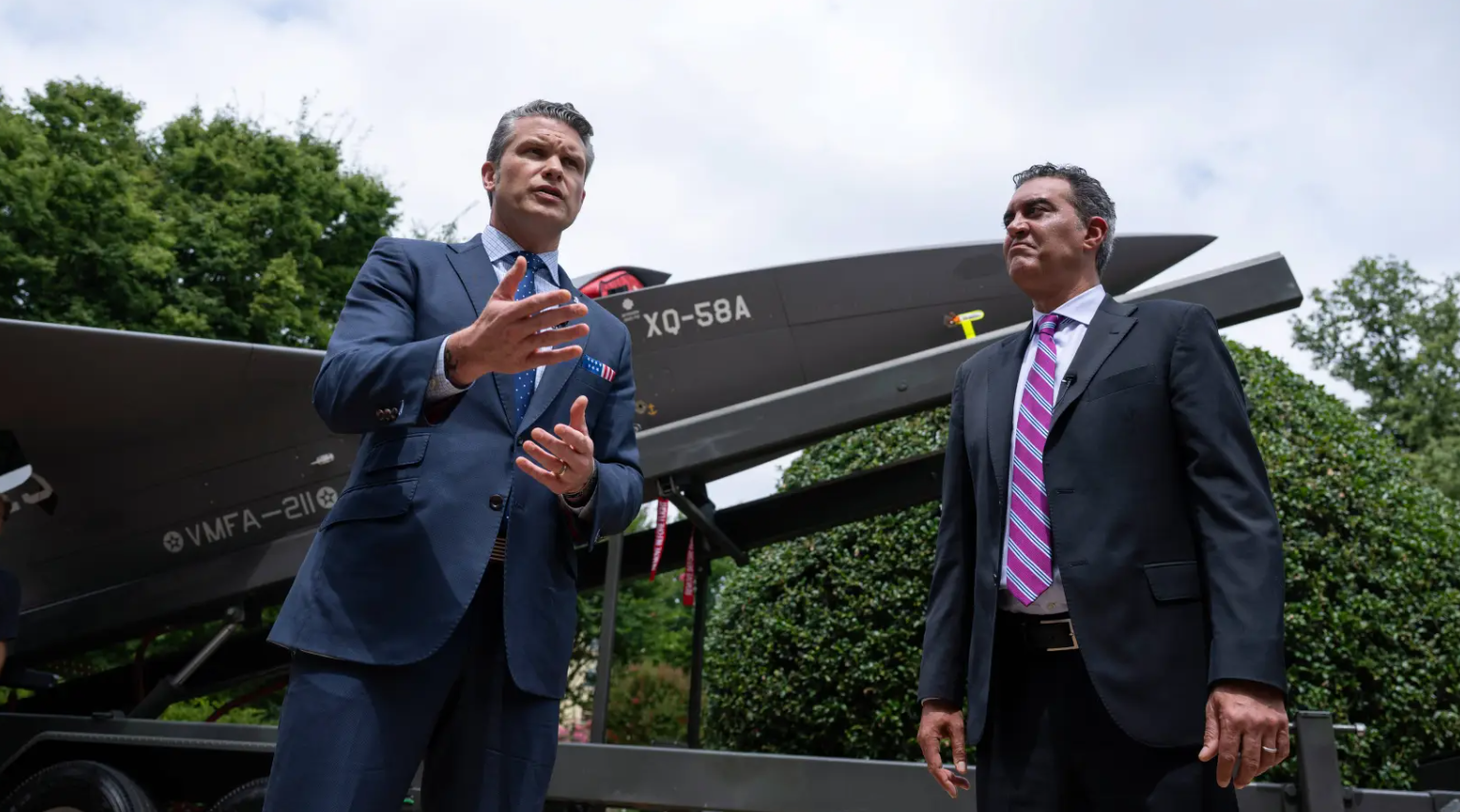


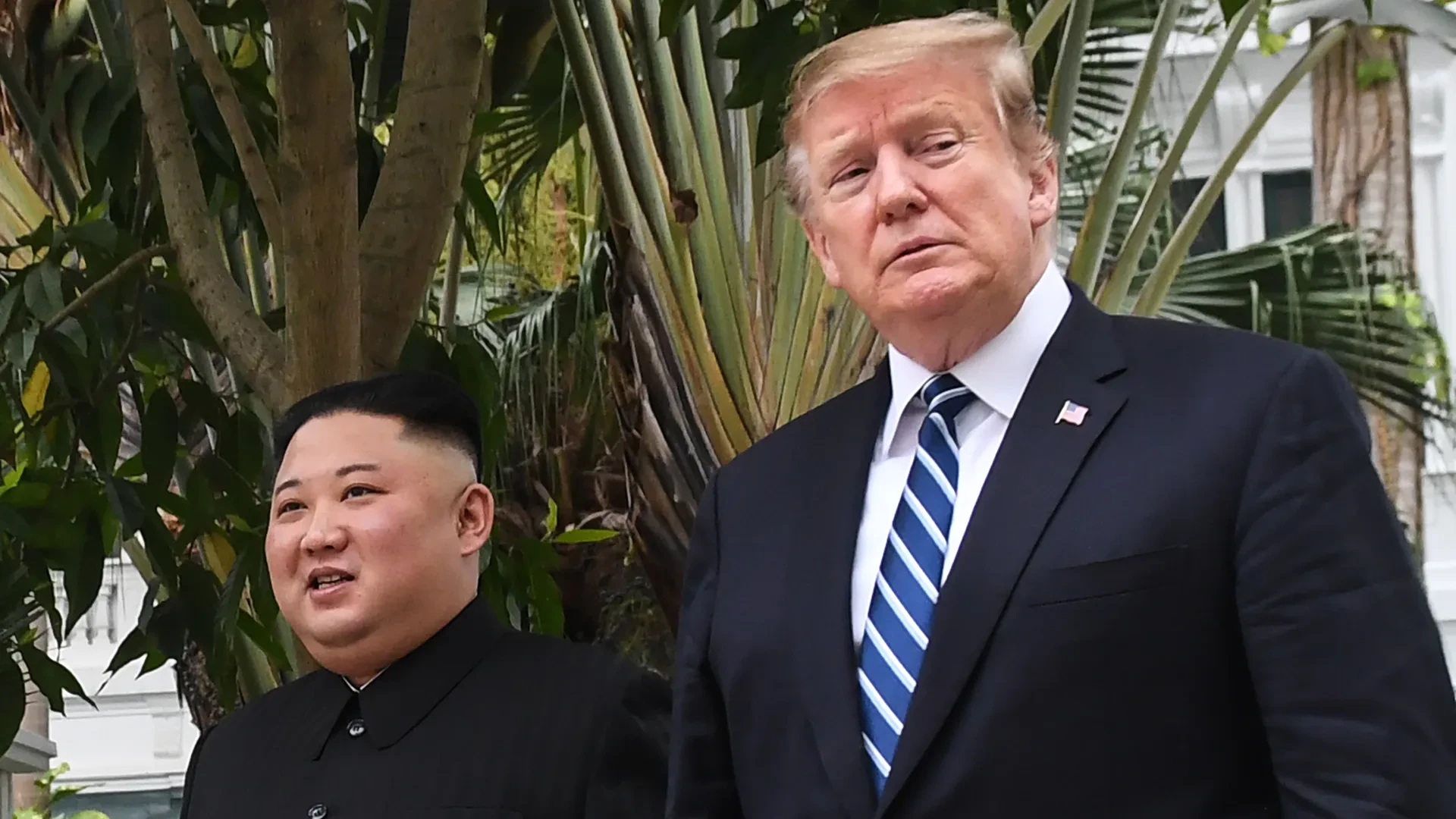

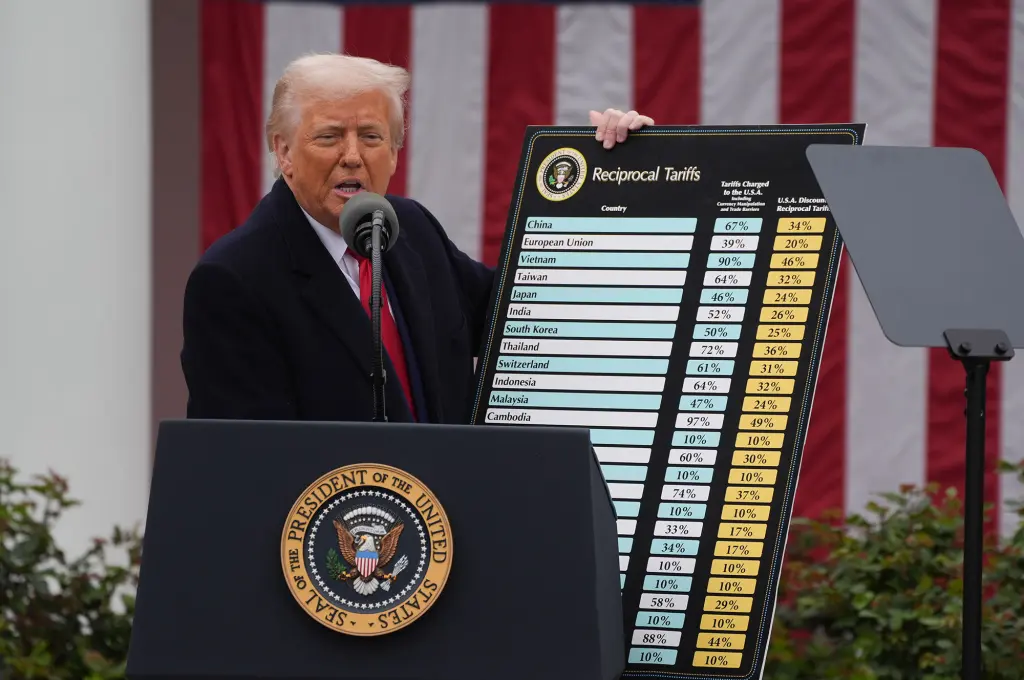

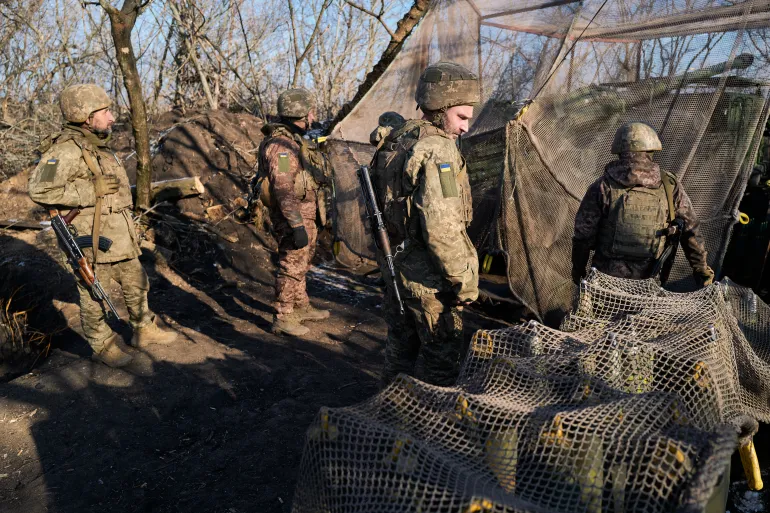

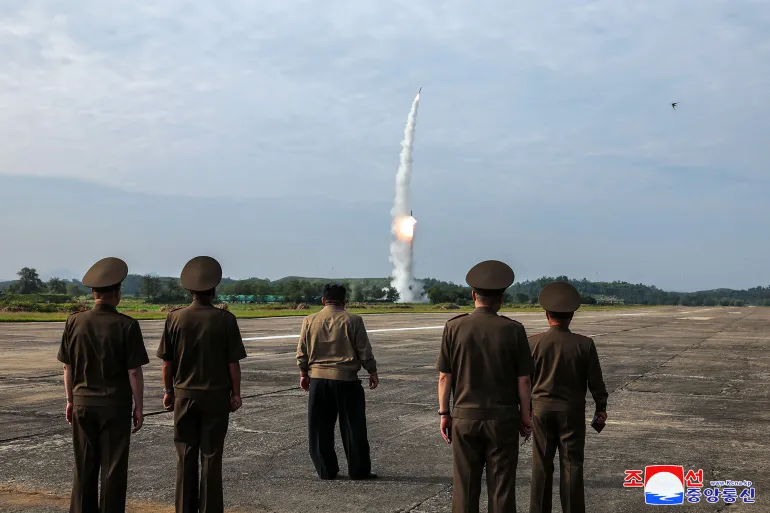

Discussion